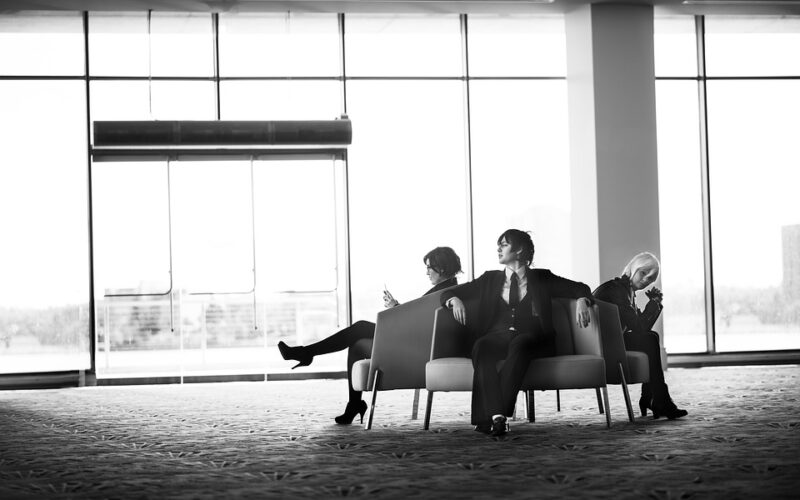Modernisation of Old Behaviours
In the past decade, dating apps have revolutionised the way people find romantic partners. Gone are the days when meeting someone new relied solely on chance encounters, mutual friends, or social gatherings. Now, with just a few swipes on a smartphone screen, users can connect with potential partners from all around the globe. This shift in dating dynamics has brought about significant changes in how people meet and form relationships, as well as some unintended consequences.
The convenience of dating apps
One of the most notable changes brought about by dating apps is the sheer convenience they offer. Traditional dating often involved going out to bars, clubs, or social events, each with no guarantee of meeting someone compatible. Dating apps, on the other hand, allow users to browse through profiles at their own convenience, whether they are at home, on a break at work, or commuting. This ease of access has opened up new possibilities for people who may have otherwise struggled to find time or opportunities to meet potential partners.
Expanding social circles
Dating apps have also expanded social circles beyond physical and geographical limitations. Users can now connect with people they would have never encountered in their daily lives. This broadening of social circles has, in many cases, led to more diverse relationships. People are now more likely to meet partners from different cultural, ethnic, or professional backgrounds, which can contribute to a richer dating experience and a deeper understanding of different perspectives.
The paradox of choice
However, while dating apps provide greater opportunities to meet new people, they also present the paradox of choice. With so many potential matches available at one's fingertips, users can become overwhelmed by the sheer number of options. This phenomenon, often referred to as "Tinder fatigue," can lead to a sense of dissatisfaction and a constant search for the "perfect" match. Consequently, some users may find themselves perpetually swiping without committing to meaningful connections, thus hindering the very goal of dating apps.
Changes in communication
Dating apps have also changed the way people communicate in the early stages of a relationship. The initial interactions on these platforms are often text-based, allowing users to craft their messages carefully. While this can reduce the anxiety associated with face-to-face conversations, it also removes the non-verbal cues that play a crucial role in communication. This reliance on text can sometimes lead to misunderstandings or misrepresentations, as users might present a curated version of themselves rather than their authentic selves.
Impact on traditional dating norms
The rise of dating apps has also disrupted traditional dating norms and etiquette. For example, the concept of "playing hard to get" has become less relevant in a digital world where responsiveness is often equated with interest. Similarly, the notion of who should make the first move has evolved, with many dating apps encouraging women to initiate conversations. These changes have led to a more egalitarian approach to dating, where traditional gender roles are less rigidly adhered to.
Potential for superficiality
While dating apps have undoubtedly made it easier to meet new people, there is a concern that they may encourage superficiality. Profile pictures and brief bios often become the basis for initial attraction, potentially leading users to make snap judgments based on appearance alone. This emphasis on physical attractiveness can overshadow other important qualities, such as personality, values, and interests. Furthermore, the gamification of dating apps, with features like swipes and matches, can sometimes trivialise the process of finding a meaningful connection.
Dating apps have fundamentally changed the way people meet and form relationships. While they offer unprecedented convenience and the ability to expand one's social circle, they also come with challenges such as the paradox of choice, changes in communication, and potential superficiality. Understanding these dynamics can help users navigate the digital dating landscape more effectively, making the most of the opportunities while being mindful of the potential pitfalls.





















